What’s not to like about summer? From a completely privileged vantage point of basking in sunshine most days of the year, there is one thing we especially don’t like about the hot and sticky months in southern Europe, and that’s the temporary cessation of days spent yomping round the countryside. When the temps reach 30C plus day after day, it’s too hot to go walking.
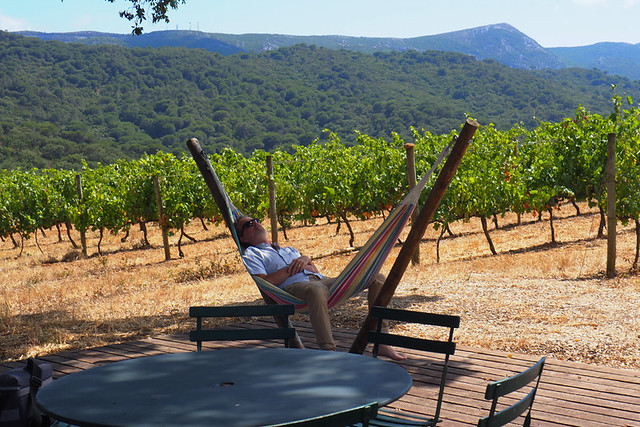
By the time the end of August peeks its head around the sunlit corner, our muscles have become lazy and loose. Whilst we spend our days huddled in darkened rooms like pit ponies with pens, our leg muscles relax; taking to a metaphoric hammock to sip caipirinhas for a couple of months. Come September, when the temperatures abate a little, they’re in no fit state for long walks. Every year in late summer they get shocked out of their reverie.
There is nothing like seven consecutive days walking to knock them, and us, back into shape.
It doesn’t really matter in what country’s valleys/hills/or mountains that walking will be, the journey from flabby to firm calf and thigh muscles is always the same.
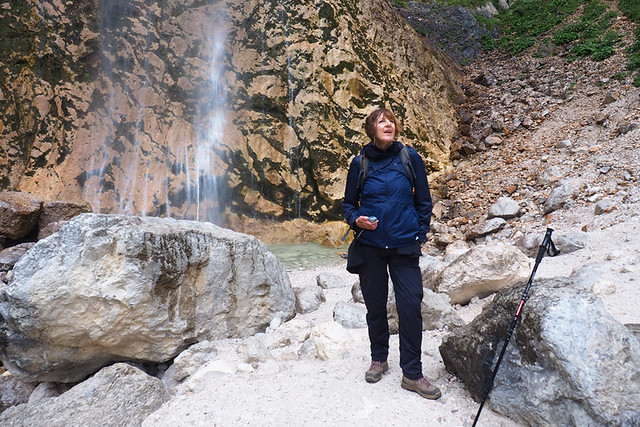
Day one – trepidation
Will we be up to the challenge? Have our muscles atrophied to the point of no return? A trio of leg muscle-loosening exercises before we set off is akin to slapping a slumbering drunk – “come on, wake up you lazy gits”. They creak and groan as we wander along an easy path through a vibrantly, verdant valley where world class scenery helps distract from any potential mutineering. This year the going is easy, virtually a walk in the park initially. Too easy as far as the weather gods are concerned. After a couple of kilometres they whip away the sunshine and replace it with an unsightly grey, bulbous blanket before a heavenly symphonic orchestra goes to town on their timpani drums and Zeus flashes his over-sized laser gun across the sky. A leafy forest canopy umbrella protects us from an out and out drenching as we gently climb upwards to the halfway point in our route. By the time we reach it we’re wet and muddy. Around us are pristine people who have driven to a parking spot which allows them to access the waterfall we’re walking to without putting in the same effort. We go feral and snarl if anyone so much hints at looking sideways at us because we’re soggy-bottomed. The halfway point is marked by a wooden staircase, steep enough to cause out of condition legs to wobble slightly. But they respond valiantly and hoist us to relatively lofty heights. The first test has been passed.
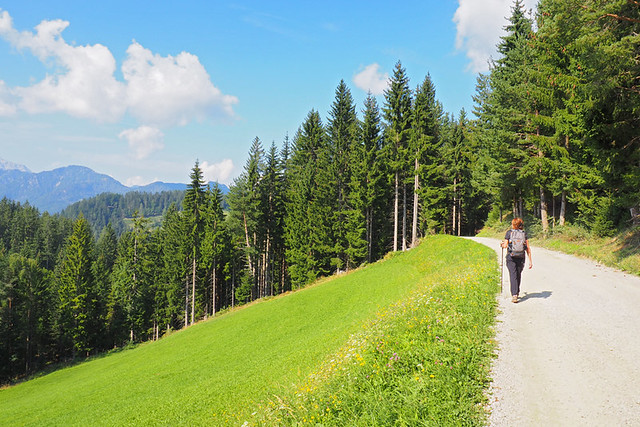
Day two – retaliation
Muscles which have been ignored get their revenge when you finally getting around to saying to them “hey, let’s hang out again.” But after years of doing this, ours don’t pound us like an out of control heavyweight boxer, they just pinch peevishly every now and again, a reminder they’re still seething from being neglected for so long. The first time we undertook a week of consecutive, and hard, walking they went into complete shutdown and then, when eventually coerced into moving, punished by thrusting needles into tender and sore parts of our bodies with every step. We’ve walked with people who thought there was something wrong with them after a day’s walking because their body was in pain; they didn’t realise that’s what happens when you work parts which have been in a coma for years. Day two is an easy route – 10km or so with a gradual ascent/descent of around 500m, just right for loosening limbs up a tad more.
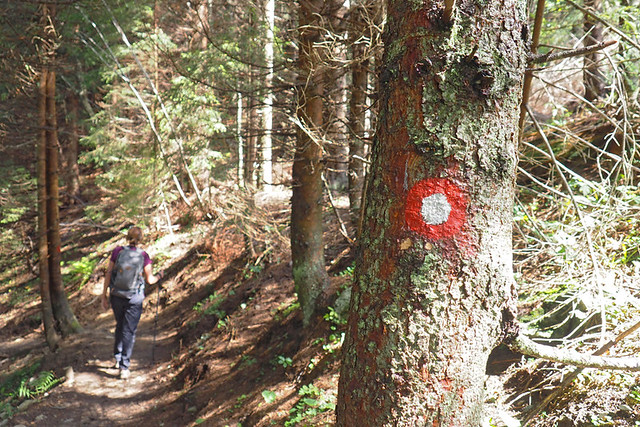
Day three – turning point
By the third day of walking things start to get into their groove. Limbs feel looser, more responsive. Muscles have gotten over being in a huff and, instead of grumbling, start to relish tackling more challenging terrain. So much so we decide to notch up two walks. One is a short one, with a relatively steep ascent and descent over a few kilometres – quality over quantity. The other is longer, another valley walk. By day three we tend to forget about the process of walking and start to feel more at one with our surroundings. That might sound a bit tree huggy, it’s just the way it is and it’s a tonic for the soul and mind. Straw-haired despots, distressing plastic seas, and Brexit bickering are banished to the darkened back of the room for a glorious while – a digital detox of sorts. Nature commands all attention – beauty, wondrous things and tranquillity reminding this, rather than destructively divisive words on a black mirror, is reality. We breathe deeper, smile wider, and feel stronger.
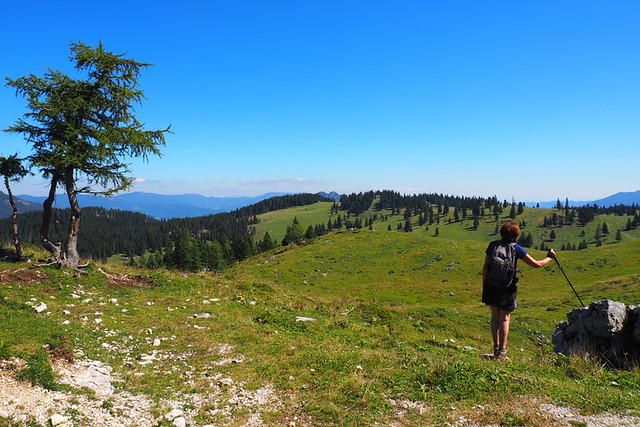
Day four – and repeat
Day four is virtually a repeat in terms of how muscles and limbs respond. There’s a subconscious switch to not thinking too much about the difficulty of a walking route – it is what it is and all our attention is focussed on what’s going on around us. Day four is when we hit our stride.

Day five – upping the ante
Sometimes we have no control over the sequence of walks, they have to be geographically chronological. In this instance we have the luxury of being able to switch things about to suit weather patterns and other factors… like fitness levels. We’ve left the most challenging route till day five. It’s not long, but it does involve an ascent of over 400m in under 1.5km. We climb a narrow forest path where tree roots maliciously grab at our feet. At one point we pass the start of our downward route; a series of planks attached to a rock face. Our legs feel the effort of the climb and negotiating the planks isn’t an enticing prospect. But, after a rest and an apple strudel reward in a mountain hut, they prove a doddle. We end the route feeling immensely satisfied with how our bodies have responded… and also exhilarated by the experience of walking what has been a supremely enjoyable trail. The day is still relatively young and our muscles are zinging like electric fences. We decide we want more and tick off another, reasonably challenging short route.
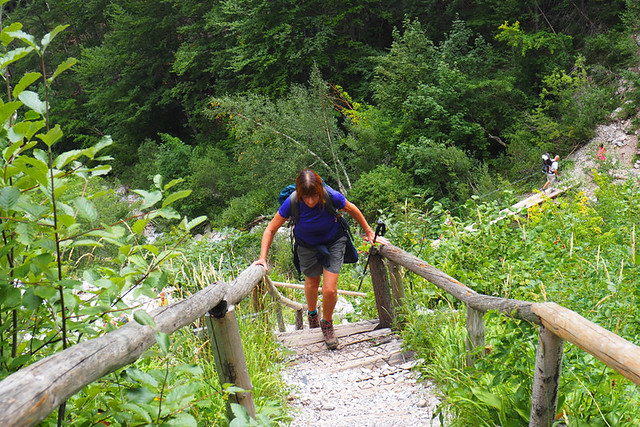
Day six and seven – the joy of walking
By this point we’re simply wallowing in the sheer, addictive pleasure of heading out into the hills day after day. All senses are heightened – the world seems more colourful, the birdsong sweeter, the musty smell of dank forests more intense, and leaves on the path are pillow-soft even through thick soles. After dark we sleep like proverbial logs.
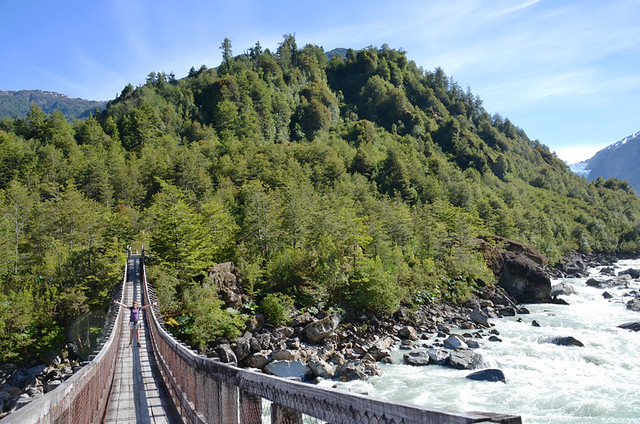
Day eight – a sense of loss
There’s a heaviness in the air as we go through the routine of getting ready to head for breakfast and then move on. The atmosphere in the room is oppressively flat. We have other interesting places to visit. But there’s a sense of loss. We grieve for the walking route that won’t be tread today. At the start of the week there’s always a slight concern about what walking challenges lie ahead. By day seven we don’t want the walking to end. We have a desire to walk and walk and walk, for as long as our bodies allow.
It’s at this point I think I understand Alexander Supertramp. There is an overwhelming urge to simply disappear into the wild. To just keep on walking.

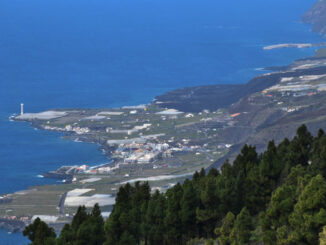
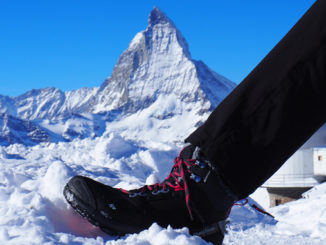
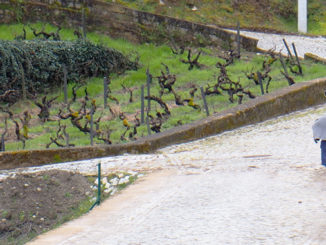
Be the first to comment